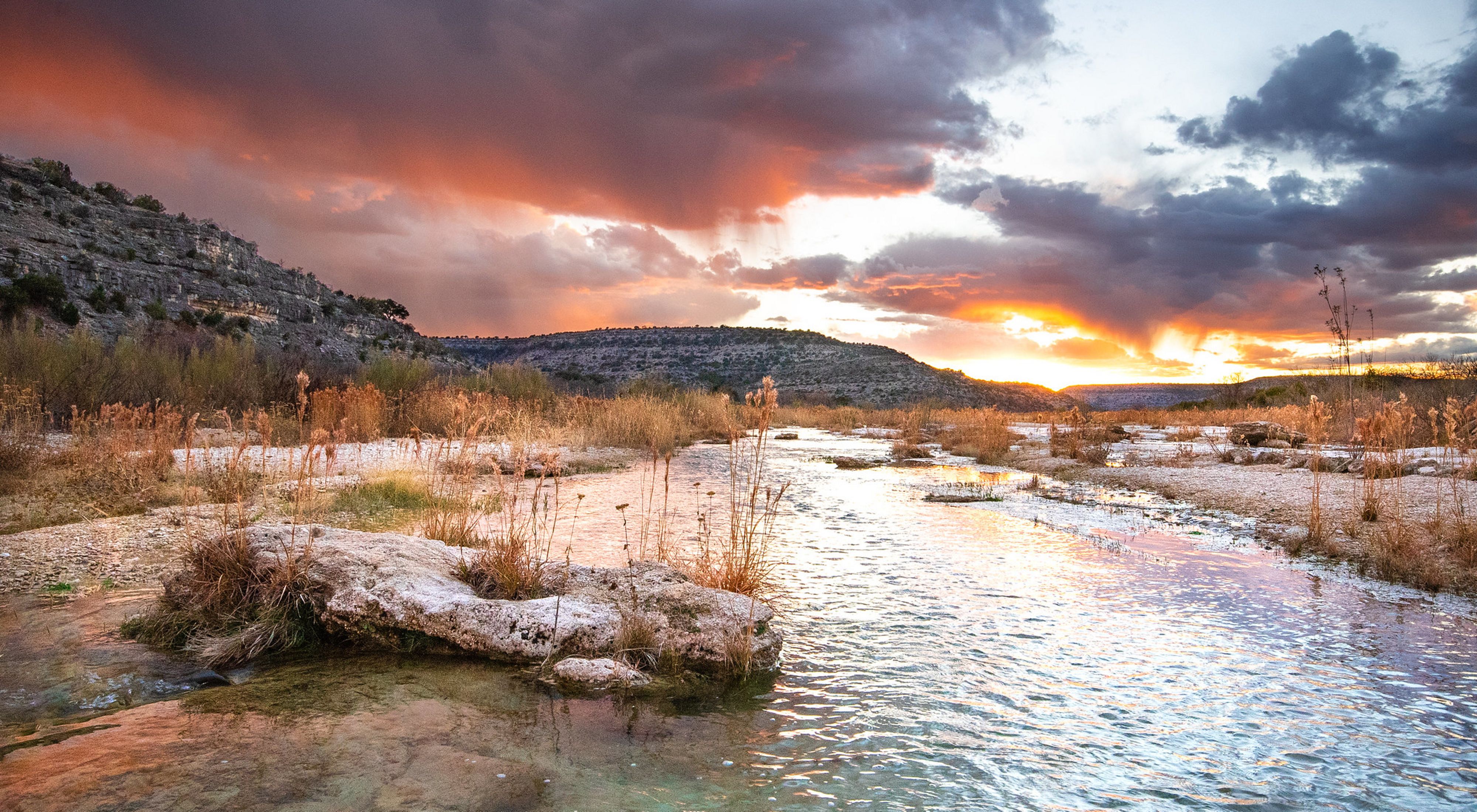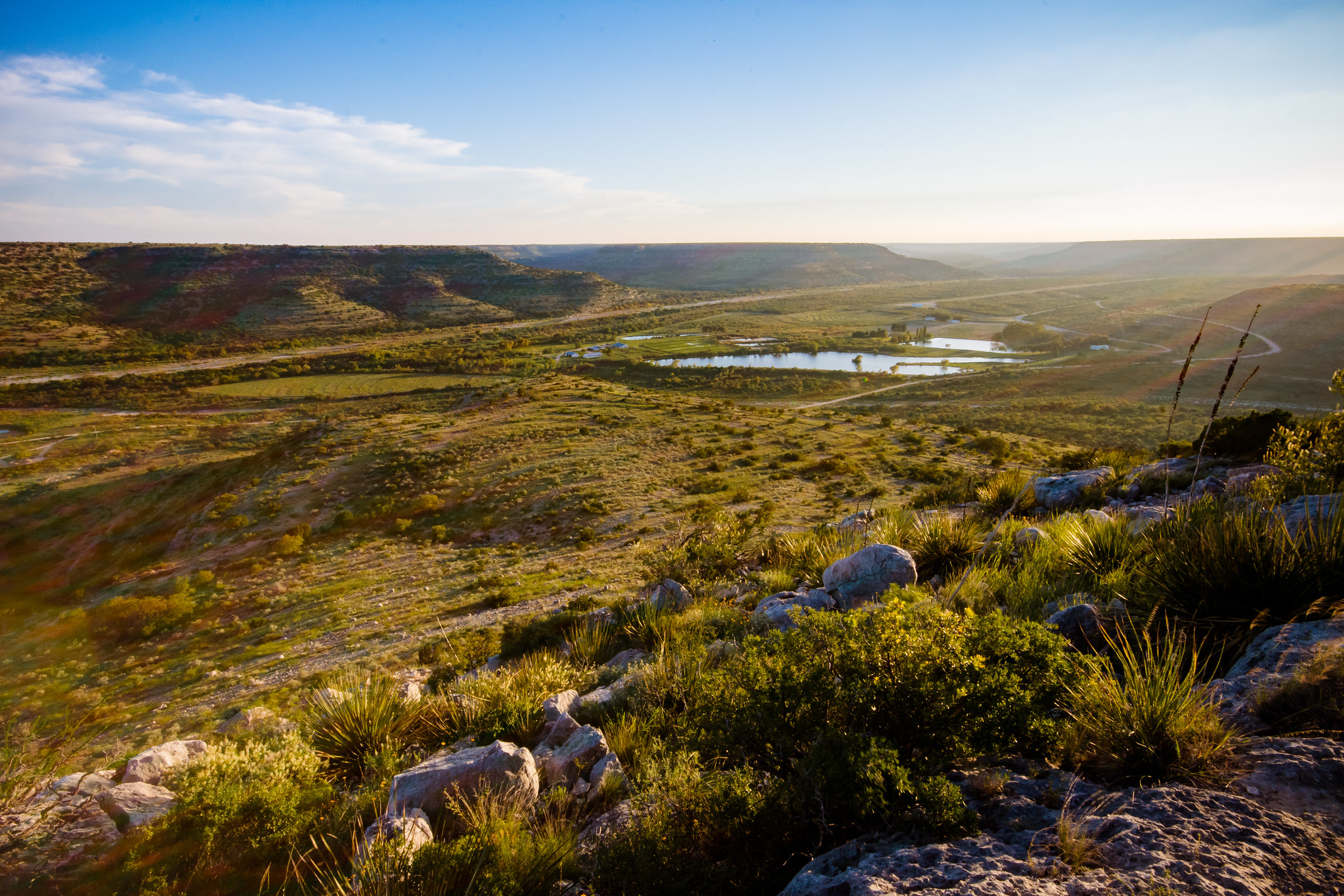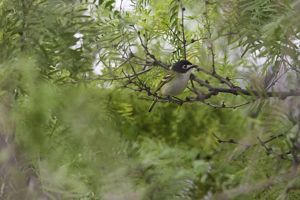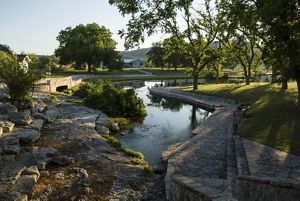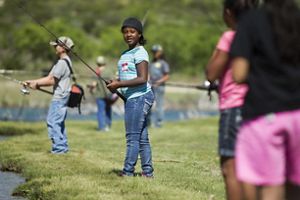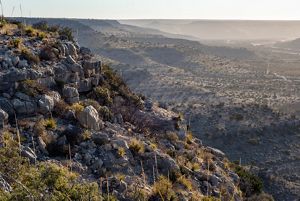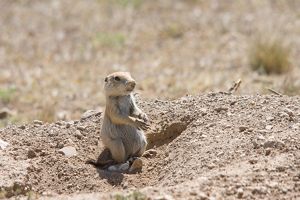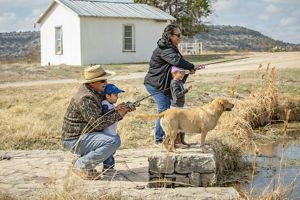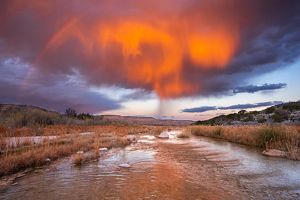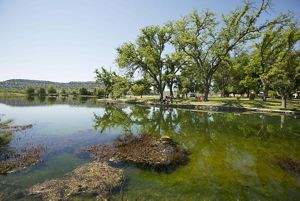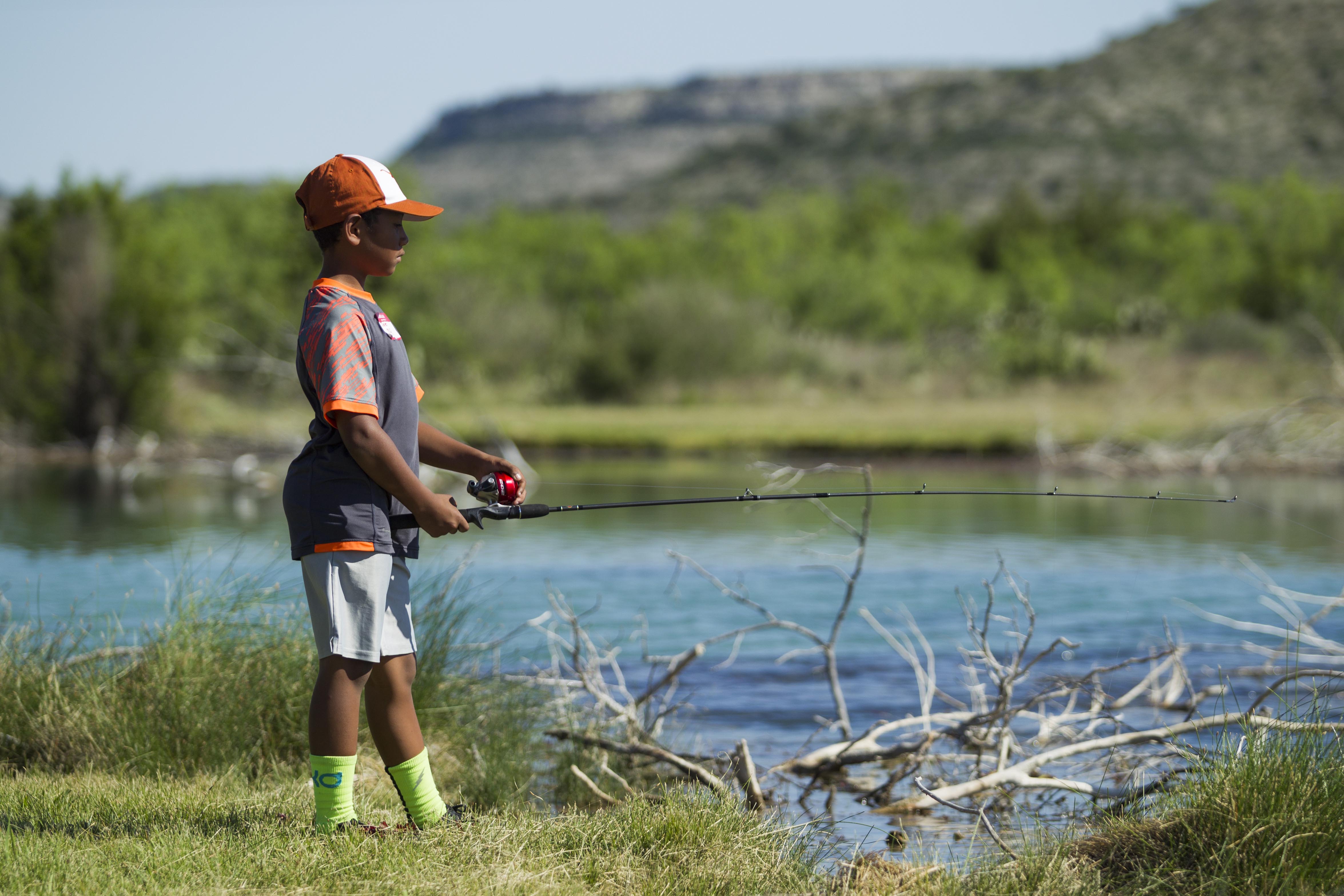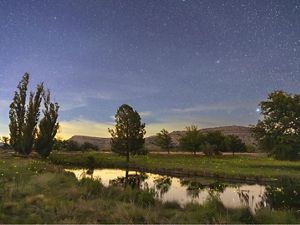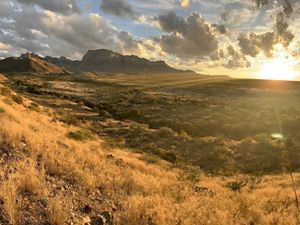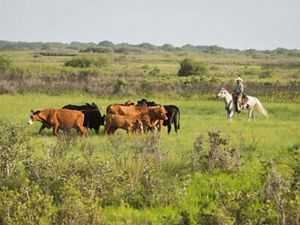Description
The Nature Conservancy’s (TNC) Independence Creek Preserve is a significant piece of West Texas’ natural heritage. Here, spectacular vistas of flattop mesas and dramatic canyons meet woodlands, desert scrub and honey-colored prairie grasses. The pristine waters of this desert oasis make a substantial contribution to the Pecos River corridor wildlife community downstream. Independence Creek, for which the preserve is named, flows for eight miles through the preserve, sustaining diverse and abundant flora and fauna including several rare and endangered species.
Most rivers are dependent upon consistent, high-quality freshwater inflow to maintain ecological stability for the species they support, and the Pecos River is no exception—especially in the arid West Texas landscape where freshwater sources are becoming increasingly scarce and precious commodities.
In addition to its ecological value, the lower Pecos area exhibits large concentrations of rock art and other culturally significant sites, suggesting about 12,000 years of occupation by archaic people and more recently by the Apaches. Over time, from the 1870s-1890s, cattle ranching became the mainstay of the area’s economy. Today, sheep and goat production continues to dominate the region.
